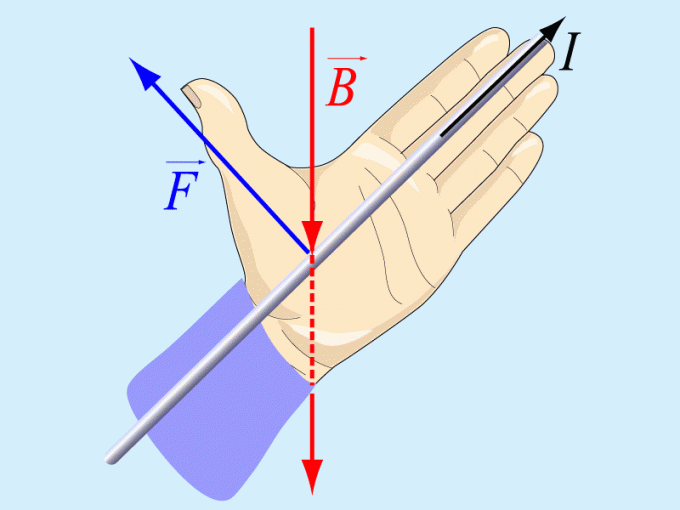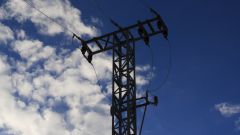Instruction
1
If in a magnetic field to put metal conductor, then it will be a force from this field, ampere force. The current in the metal is the directional movement of many electrons, each of which acts the Lorentz force. The forces acting on the free electrons have the same magnitude and the same direction. Add up with each other, they give a net force of ampere.
2
The force got its name after a French physicist and scientist Andre Marie ampere, who in 1820 experimentally studied the effect of magnetic field on current-carrying conductor. Changing the shape of conductors and their location in the magnetic field, Ampere determined the force acting on the parts of the conductor.
3
Power module ampere proportional to the length of the conductor, the current in it and the module of magnetic field induction. It also depends on the orientation of the conductor in a magnetic field, in other words, from the angle that forms the direction of the current relative to the magnetic field induction vector.
4
If the induction at all points of the conductor are identical and the magnetic field is homogeneous, then the power module ampere is equal to the product of the current in the conductor, the module of magnetic induction in which it is located, length of the conductor and the sine of the angle between directions of current and magnetic field induction vector. This formula is true for the conductor of any length, as long as it is entirely in a uniform magnetic field.
5
In order to know the direction of the force of the ampere, you can use the left-hand rule: if you put your left hand so that four fingers indicated the direction of the current, while the field lines would be in the palm of the hand, the direction of the force amp will show bent 90° thumb.
6
Since the product of the module of magnetic field induction vector of the sine of the angle is a module of the components of the induction vector which is directed perpendicular to the conductor, the orientation of the palm can be determined by this component. Component perpendicular to the surface of the conductor must enter the open palm of his left hand.
7
To determine the direction of the force of the ampere there is another way, it is called the rule of clockwise. The ampere force is directed in the direction from which the shortest rotation current to the field visible in a counterclockwise direction.
8
Power amps can be demonstrated on the example of parallel currents. Two parallel wires will repel if the currents in them are in opposite direction to each other, and attracted to, if the directions of the currents are the same.

